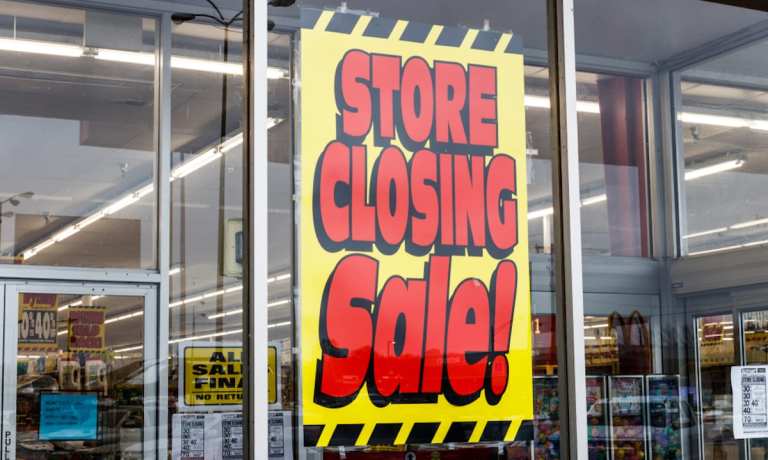
A retail industry researcher and forecaster issued a report on Thursday (Jan. 28) saying that as many as 10,000 stores could close in the U.S. in 2020. On the upside, U.S. store openings could reach 4,000 this year, with the big winners being grocery discounters and dollar-store chains.
Coresight said that as of Jan. 22, retailers had announced 1,678 closures — including ones by Bed Bath & Beyond, Macy’s and JCPenney. In 2020, Coresight said, there were 8,741 closures and 3,304 store openings.
“In 2021, the rollout of (COVID-19) vaccination programs should result in a partial recovery in store-based sales,” Coresight CEO and Founder Deborah Weinswig told CNBC. “However, these programs may take many months to reach a wide base of consumers.”
Past Macy’s CEO Terry Lundgren said the mayhem is likely to continue, given that the disruption related to the COVID-19 crisis will continue to hit the retail sector this year. Lundgren added that “this movie is not finished. I suspect we’re going to see more closings throughout 2021.”
He added that the retail closures in 2020 were particularly high because the U.S. had too many stores. “We’ve been an over-stored country for more than a decade. It’s been something we’ve been working to try to slowly and gradually correct, but frankly, we have too many physical stores.”
On the other hand, small to medium-sized businesses (SMBs) are feeling more confident about their odds of continued survival than they were when the pandemic began. In June, less than half of SMBs surveyed by PYMNTS said they would survive into summer 2022. As of the close of 2020, that figure is now up to 54 percent.
What turned the situation around? According to PYMNTS data, more than 60 percent of Main Street firms have at least three channels operating to drive sales: online, physical stores and mobile. About 71 percent use online channels, 68 percent have physical stores, 66 percent use mobile and 59 percent use marketplaces. Beyond that, the Census Bureau estimates SMB formation to be at a multi-year high.